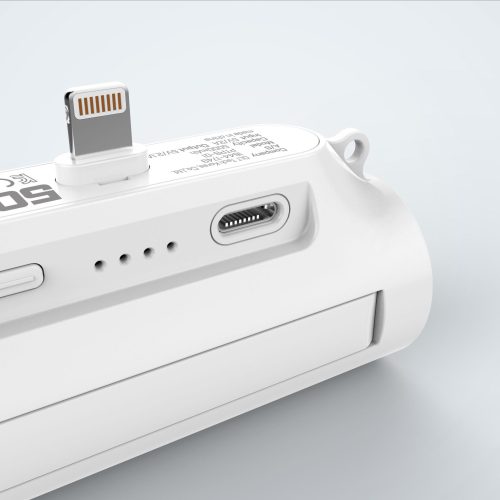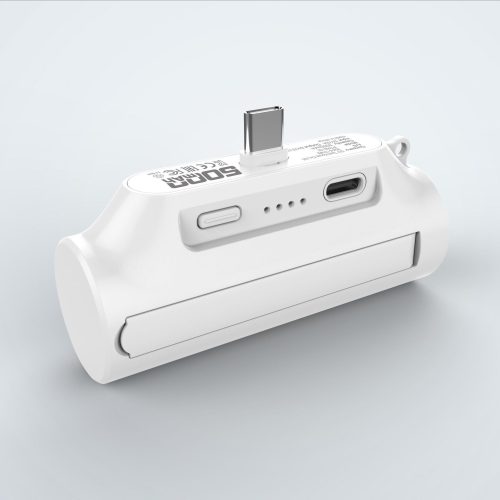Choosing the perfect power bank
ChatGPT
Choosing the perfect power bank involves considering your specific needs and preferences. Here are some steps to guide you in finding the ideal power bank:
- Assess Your Requirements:
- Determine the devices you’ll be charging with the power bank (smartphone, tablet, laptop, etc.).
- Note the battery capacity (mAh) of each device to understand how much power you need the power bank to provide.
- Consider the number of devices you want to charge simultaneously.
- Capacity:
- Look for a power bank with a capacity that suits your needs. Higher capacity means more charges for your devices but also increases the size and weight of the power bank.
- For smartphones, a power bank with 5,000mAh to 10,000mAh should be sufficient for one or two full charges. For tablets and laptops, consider power banks with capacities of 15,000mAh or more.
- Output Power and Ports:
- Ensure the power bank has enough output power to charge your devices efficiently. Look for at least 2.1A (10W) output for smartphones and 3A (15W) or more for tablets and laptops.
- If you have multiple devices to charge simultaneously, choose a power bank with multiple USB ports.
- Fast Charging Support:
- If your devices support fast charging (e.g., Quick Charge, Power Delivery), consider getting a power bank that also supports the same fast charging standard to reduce charging time.
- Physical Size and Weight:
- Decide how important portability is to you. Smaller power banks are more portable but may have lower capacity, while larger ones may provide more power but can be bulkier.
- If you plan to carry it in your pocket, opt for a slim and lightweight power bank.
- Quality and Brand:
- Invest in power banks from reputable brands with a history of producing reliable products. Check customer reviews and expert recommendations for insights into their performance and durability.
- Safety Features:
- Ensure the power bank has essential safety features like overcharge protection, short-circuit protection, and temperature control to safeguard your devices.
- Warranty and Customer Support:
- Check the warranty period offered by the manufacturer. A good warranty indicates the company’s confidence in their product’s quality.
- Research the customer support reputation of the brand in case you encounter any issues.
- Type of Power Bank:
- Standard Power Bank: Suitable for everyday use, offering a balance between capacity and portability.
- Solar Power Bank: Ideal for outdoor enthusiasts or emergency situations, but consider that solar charging might be slower and less reliable.
- Wireless Power Bank: Convenient for wireless charging compatible devices.
- Budget:
- Set a budget that aligns with the features you need. Power banks come in various price ranges, so there’s likely a suitable option within your budget.
- Extras:
- Some power banks come with additional features like built-in cables, LED flashlights, or even passthrough charging (charging the power bank while it’s charging your device).
By considering these factors and weighing their importance to your specific use case, you’ll be able to find the perfect power bank that aligns with your needs and offers reliable and convenient charging for your devices.


